|
<< Select a type in the menu on the left.
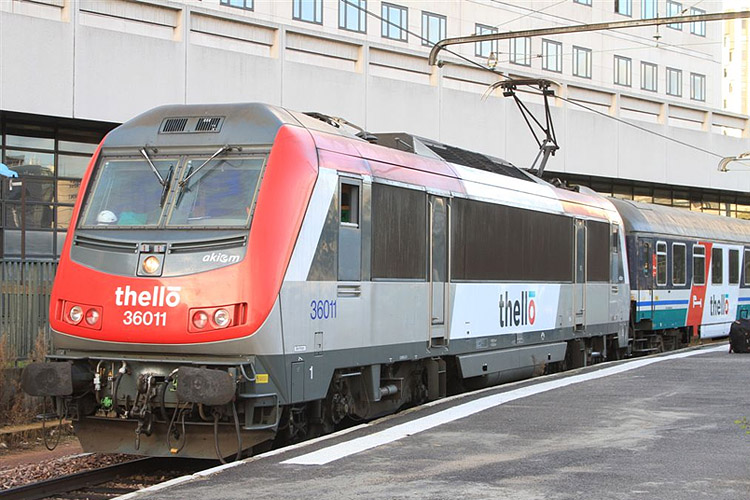 This sections informs you about all electrics built and sold bij Alstom Transport (formerly known as GEC-Alsthom) since the introduction of the BB 36000 series for the French Railways (SNCF), back in 1996. The BB 36000 (also known as "Asytric” or “Asytrit”, and finally “Astride") was Alstom's first step towards an integrated platform for multi-system electrics with an asynchronous propulsion system. SNCF ordered sixty units. The railways of Belgium and Luxembourg, commonly ordered a direct derivative of the Astride locomotive, the 1300/3000 series. Alstom placed bids to other contracts with its Astride platform (to the Austrian Railways for example, as alternative to the TAURUS) but did not succeed. This sections informs you about all electrics built and sold bij Alstom Transport (formerly known as GEC-Alsthom) since the introduction of the BB 36000 series for the French Railways (SNCF), back in 1996. The BB 36000 (also known as "Asytric” or “Asytrit”, and finally “Astride") was Alstom's first step towards an integrated platform for multi-system electrics with an asynchronous propulsion system. SNCF ordered sixty units. The railways of Belgium and Luxembourg, commonly ordered a direct derivative of the Astride locomotive, the 1300/3000 series. Alstom placed bids to other contracts with its Astride platform (to the Austrian Railways for example, as alternative to the TAURUS) but did not succeed.
Prima
In the late nineties, Alstom was able to develop an integrated platform: called Prima. It was the French answer to the ongoing market trends such as reducing unit price (by increase flexibility of the concept, serving as many customers as possible with one product) and internationalization. A prototype was being built to evaluate the design, a working method Alstom would use more in the years to come. Like with the BB36000 series, Alstom could rely again on its home market, with SNCF ordering 240 Prima units. In the mean time, the freight market was opened up for operators other than the national railways. To avoid a difficult approval process for new rolling stock, new operator Veolia Transport decided to order 31 Prima units, identically configurated to SNCF BB 37000 series. During the delivery of this batch, Veolia set up a deal with lease company CBRail, resulting in several units being avialable to others operators interested in the French market.
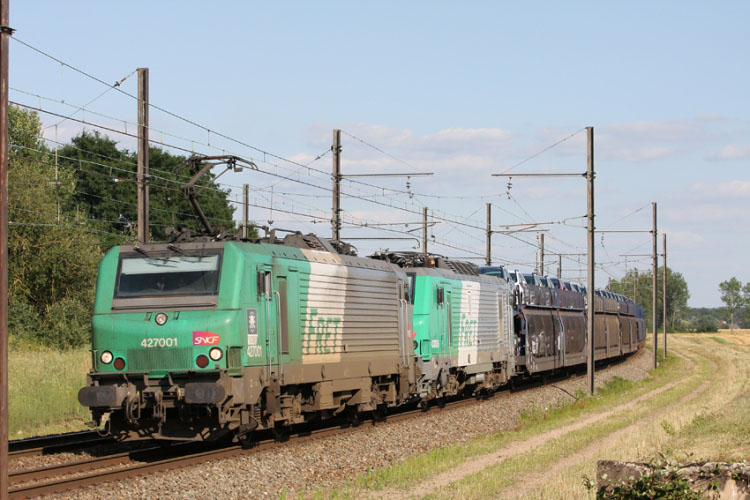 The Prima finally got homologated for services in France, Germany and Switzerland. But sales dropped and priorities shifted In the early 00s the global Alstom company was struggling to survive. Even a take-over or merger with Siemens was being discussed, to save the rolling stock production of the company. Finally the French government decided that Alstom had to be saved. It survived, as an independent company. The Prima finally got homologated for services in France, Germany and Switzerland. But sales dropped and priorities shifted In the early 00s the global Alstom company was struggling to survive. Even a take-over or merger with Siemens was being discussed, to save the rolling stock production of the company. Finally the French government decided that Alstom had to be saved. It survived, as an independent company.
In the mean time, no new electric products were being developed for Europe. Only the Prima6000 demonstrator, released from Belfort in 2004, can be regarded as a step ahead. It was the first four-system Prima locomotive, with 6000kW duration power. Alstom offered it to the Belgium railways, but these decided to award Siemens with the contract to built their new generation of electric locomotives. The Prima6000 then only served the task as test platform for homologation processes and for part evaluation for its successor: PrimaII
China
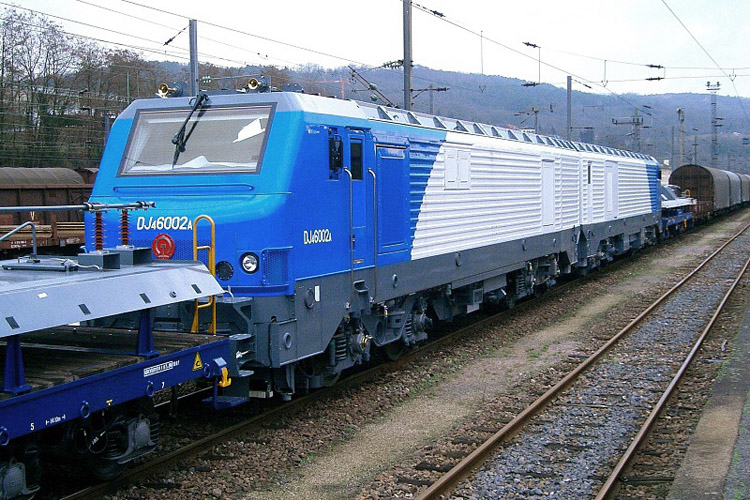 Since the mid 00s, Europe is no longer the only important market for electric locomotives. New, emerging economies also started to invest in their railsystems. China was developing rapidly and started to absorb technical know-how from all over the world. Siemens, Bombardier and Alstom got orders for new generation of electric locomotives for freight transport of the Chinese railways (CNR). Both in 2004 and 2006, CNR awarded Alstom with contract to develop freight locomotives based on their Prima platforms. The HXD2 twin-unit machines are related directly to the first generation of Prima locomotives, including a similar exterior design. In 2006 the development started of the 10MW HXD2B single-body locomotive, that already had some synergy with the PrimaII. For both products, Alstom produced the first complete units in its own plant in Belfort, France. Later on, production shifted to China gradually. Since the mid 00s, Europe is no longer the only important market for electric locomotives. New, emerging economies also started to invest in their railsystems. China was developing rapidly and started to absorb technical know-how from all over the world. Siemens, Bombardier and Alstom got orders for new generation of electric locomotives for freight transport of the Chinese railways (CNR). Both in 2004 and 2006, CNR awarded Alstom with contract to develop freight locomotives based on their Prima platforms. The HXD2 twin-unit machines are related directly to the first generation of Prima locomotives, including a similar exterior design. In 2006 the development started of the 10MW HXD2B single-body locomotive, that already had some synergy with the PrimaII. For both products, Alstom produced the first complete units in its own plant in Belfort, France. Later on, production shifted to China gradually.
PrimaII
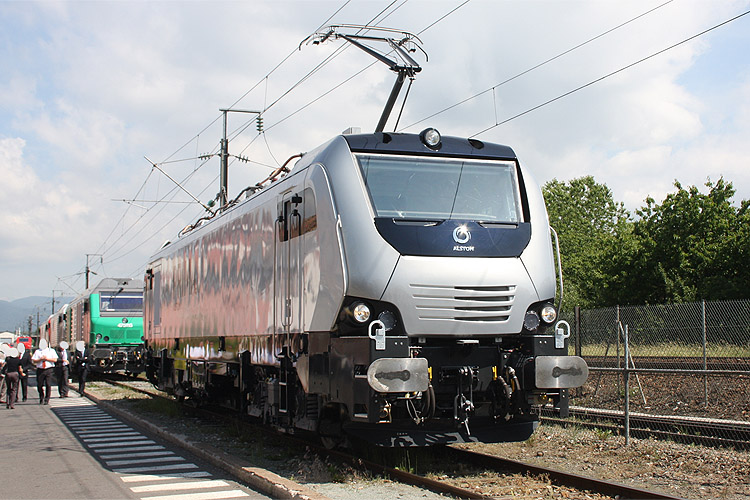 In 2007, the development of a new base platform for Europe, even more flexible than the Prima, was initiated. In May 2009, Alstom could roll-out the very first PrimaII demonstrator at its Belfort plant. However, this presentation was held when the dark clouds of the economic crisis already were entering the sky above Europe. Rail freight volumes dropped, investments were cancelled or postponed, new orders were scarce. In the years that followed, Alstom was not able to sell its PrimaII platform to operators in Europe. The market was flat. Its development continued, but slowed down. In 2010, Alstom presented a second prototype of its PrimaII at the InnoTrans fair in Berlin. In 2012 dynamic trails on the regular network started in Germany. In September 2012, the PrimaII traveled through the Channel Tunnel. In 2007, the development of a new base platform for Europe, even more flexible than the Prima, was initiated. In May 2009, Alstom could roll-out the very first PrimaII demonstrator at its Belfort plant. However, this presentation was held when the dark clouds of the economic crisis already were entering the sky above Europe. Rail freight volumes dropped, investments were cancelled or postponed, new orders were scarce. In the years that followed, Alstom was not able to sell its PrimaII platform to operators in Europe. The market was flat. Its development continued, but slowed down. In 2010, Alstom presented a second prototype of its PrimaII at the InnoTrans fair in Berlin. In 2012 dynamic trails on the regular network started in Germany. In September 2012, the PrimaII traveled through the Channel Tunnel.
The CIS market
In 2009, Alstom decided to go look for alternative, open markets for its electric locomotives. Europe had no potential at that time, and China was closed for independent non-domestic companies. The GOS (all countries in central Asia with a 1520 broad gauge railsystem) market was chosen as being the one with most potential. Alstom's quest resulted in a strong partnership with Russian manufacturer Transmashholding (TMH). First results where the Transmashholding EP20 and 2ES5 locomotives, that got traction drive systems from Alstom.
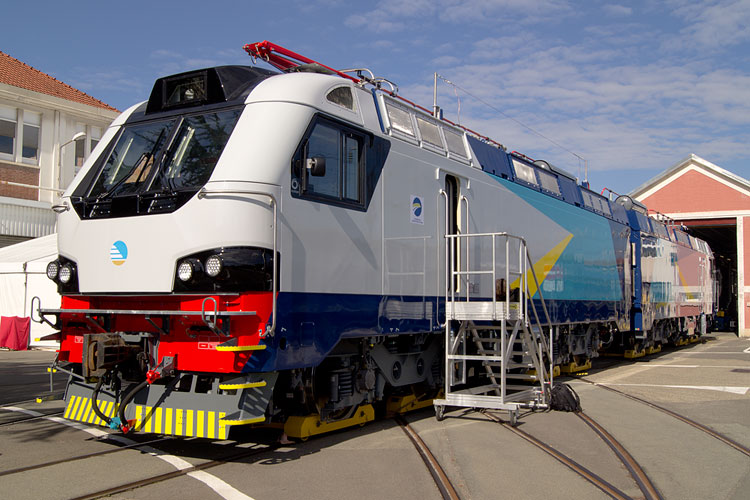 Next to activities in Russia, Alstom was also able to acquire two contracts for Kazakhstan in 2010. From scratch, Alstom, its partner TMH and the Kazakh railways (KTZ) developed a new range of locomotives in only two years time. In October 2012 Alstom presented the first result of this effort, the twin section locomotive KZ8A. Next to activities in Russia, Alstom was also able to acquire two contracts for Kazakhstan in 2010. From scratch, Alstom, its partner TMH and the Kazakh railways (KTZ) developed a new range of locomotives in only two years time. In October 2012 Alstom presented the first result of this effort, the twin section locomotive KZ8A.
|